Umphrey’s McGee's Jake Cinninger: "I was trying to get that live feel, so it was nice to be able to cut loose on the album guitar-solo wise"
COVID-19 may have kept the American jam band off the road, but their new effort, composed entirely from live-set intro soundbites, was recorded specifically with the stage in mind
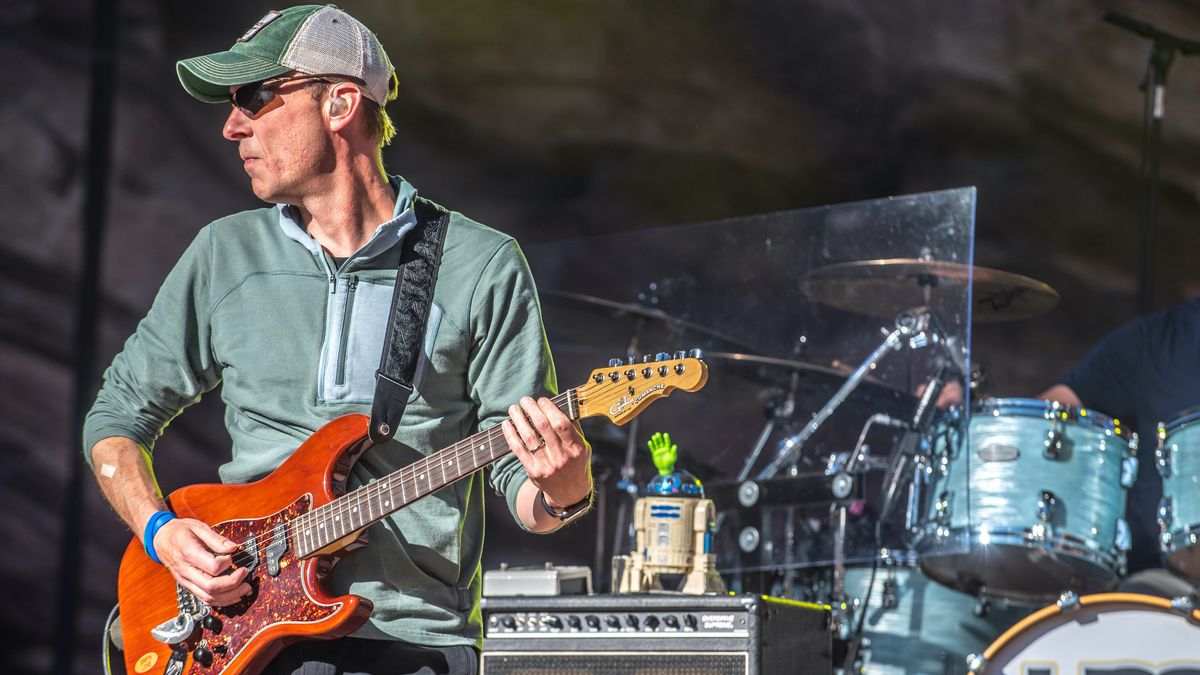
When Covid-19 effectively shut down the live music industry in 2020, many acts responded by heading back into the studio. Among them was long-running jam band Umphrey’s McGee.
But, given that the group has made its name over the past several decades primarily through its instrumentally rigorous, highly improvisational live shows, they hit the studio this time with the stage in mind. Specifically, they laid down a collection of band-composed intros that, for years, have served as their walk-on soundbites, played at the beginning of each performance.
The idea behind the intros, Umphrey’s guitarist Jake Cinninger says, “is that we’d start playing along with the music, and then go right into a song. So, rather than just coming out dead cold and starting to play music, we’d have this seamless transition into the show.”
Now that the intros have been developed further in the studio, they’ve taken on a new life of their own, as can be heard on the resulting collection, You Walked Up Shaking in Your Boots But You Stood Tall and Left a Raging Bull (the title, it’s worth explaining, comes from a phrase Los Lobos guitarist Cesar Rosas said to Cinninger after he sat in with the famed band at Chicago’s Aragon Ballroom).
From the chromatic lines and angular phrases of Leave Me Las Vegas to the snappy electro rhythms of You Got the Wrong Guy, the film score-like cinematics of Cat Shot to the dreamy soundscapes of Le Sac, and the heavy riffing and majestic shredding of Tango Mike to the liquid, Gilmour-esque lead lines of There’s No Crying in Mexico, the new record presents not just a different look at Umphrey’s already wide-ranging sound and style, but also, perhaps, a fresh way to look at the very concept of the album itself.
“We wanted it to feel a little bit like, ‘This record can be the theme music to live your next hour by,'" Cinninger says with a laugh.
Guitar World caught up with Cinninger just as Umphrey’s was finally heading back out on the road to play their first live dates in a year. “When the pandemic hit, we lost our gypsy roll,” he laments.
Get The Pick Newsletter
All the latest guitar news, interviews, lessons, reviews, deals and more, direct to your inbox!
But even while grounded, the band attempted to capture a “live feel” in the studio when recording You Walked Up Shaking in Your Boots. In the following interview, Cinninger discusses how, and why, he and his bandmates did it.
How did the concept of writing your own stage intros develop?
"The concept started probably 12 or 13 years ago. We were thinking, 'Wouldn't it be cool to walk out to music that was created by us?' And from there we’d slowly envelope into the song. It seemed to be more 'professional' to us to walk out to an intro, and then start playing the music seamlessly and work directly into our set. So that was the idea. And then, you know, 10, 15 years go by and all of a sudden we have 20 intros that we’ve developed."
It’s an interesting idea to group all of these intros together for an album, because they’re obviously not traditional songs. They were composed to fill a very specific need, and one that has little to do with the studio recording format.
It's a great house-cleaning record, you know? It's not meant to be something you necessarily hone in and focus on in an audiophile sort of way
"It's a great house-cleaning record, you know? [laughs] It’ll stimulate getting shit done. A good workout record. A good drive-your-car-fast-on-the-highway record. A good throw-your-kids-around-in-the-pool record. It's not meant to be something you necessarily hone in and focus on in an audiophile sort of way."
There’s a real cinematic element to the music, primarily because you’re relying on these sounds to create a sense of drama and anticipation of what's to come.
"Yeah. And it’s not like there are multiple sections, like a normal song. Each song is almost just like a ramping-up of energy. When I was putting these things together at my studio I'd be thinking, 'Well, let me just put down a little A section, and it'll start from a mezzo piano and then slowly rise to, like, a triple forte.'
"The intro ideology is to kind of go from zero to 100, and then the band shows up and starts playing. There’s a psychology to it."
Because you’re working more or less in “soundscape” mode, there’s a lot of room for lead guitar playing, which you certainly take advantage of.
It was nice to be able to cut loose guitar-solo wise to help ramp these things up
"It was nice to be able to cut loose guitar-solo wise to help ramp these things up. And when I was cutting the tracks in the studio, I was trying to get the live feel, so I would just do one pass rather than splicing together the solos – I wanted it to be one take all the way through.
"And I'm all about those first or second takes, anyway. If I don't nail it there I'll just do it the next day, because there’s an energy to tracking a guitar solo. I don't want to think about it too much."
Who were your influences as a guitarist?
"I grew up playing in country roadhouses at, like, 11, 12 years old. It was all about old-school country, playing in front of war veterans and truck drivers. That's how my career started.
"Then at 13 or 14 I got into a metal band, playing drums. It was kind of like a Queensrÿche-meets-Dream Theater sort of thing. You couldn't get more opposite than those two – roadhouse country and progressive rock. But the idea for me was to melt all of these worlds together and try to make sense of it in a rock ‘n’ roll format."
You can hear the metal influence in some of the riffs, and especially in some of the solos, on the new album.
"You know, I was so influenced by things like [Metallica’s] …And Justice For All. When that record first came out it freaked me out – it was like classical music put to metal in a weird way, you know?
"And then I also got to do two records with my guitar idol, Chris Poland, from Megadeth [2009’s OHMphrey and 2012’s Posthaste]. He's like the be-all shredder of underground metal. So I really run the gamut with trying to touch all of these different style zones and make use of them. Not just playing around with them, but adding them to my Rolodex and playing them as proper as I can."
What gear did you use to record these new intro tracks?
"I did all my tracking at Boondock Studios [in Niles, Michigan], which is where I've been doing stuff for 35 years. It’s basically like the home-base studio for a lot of our music.
"I had my original [Marshall] JCM800 50-watt from, like, '82, that I’ve had since I was 11. It's been modified and adjusted and it just screams. I did a lot of the heavier stuff through that combo amp. And I have an old Mesa/Boogie Mark I that just sounds amazing.
"For guitars, I used a 1960 Les Paul Custom reissue that weighs 100 pounds but it’s freakin’ great. And my G&L guitars are definitely there when I want that Strat-y sort of scream.
"And, if we needed that low, guttural drop-D thing, I have a seven-string that’s custom-made by a guy out of the Baltimore area. He makes these rock-solid seven strings that never fall out of tune."
People often lump Umphrey’s McGhee into the jam band category. But one of the things that makes you unique is that you incorporate a lot of progressive and metal elements into your sound.
"Yeah. It's kind of like when you look at bands like, say, the Grateful Dead – what were they influenced by? At that time they had, like, jazz, folk, early rock ‘n’ roll, classical, a few other things, and that's about it. Then when Phish showed up, they also had the Dead, ‘70s radio rock and a few other newer elements to add to it.
"And then when we showed up, we had grunge, we had Nine Inch Nails, we had hip-hop. So there’s an element to the jam thing that’s almost timeline-based. When we became successful, we used the elements that were available to us and that we were influenced by. And that set up the flavor of Umphrey’s McGee, just from having gone through that particular timeline of musical development."
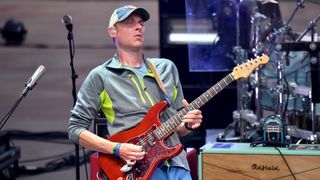
And then you bring it all together with a healthy dose of live, in-the-moment improvisation.
"I think for us it’s about having a progressive tendency inside of that improvisational world. Like, what can we do that's different than just, say, jamming in A minor for 20 minutes? Or, can we use sign language and eye contact and talk-back mics to communicate inside pure improvisation?
"Then we also have improvisation sections that are built to sound like they’re written music. If we can get closer to the vibe of making it sound like we’re writing music in the moment, but it’s improvisation, then we're scratching another surface, you know?"
- You Walked Up Shaking in Your Boots But You Stood Tall and Left a Raging Bull is available to now.
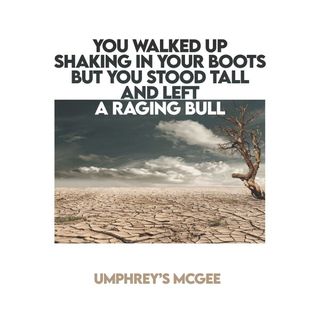
Rich is the co-author of the best-selling Nöthin' But a Good Time: The Uncensored History of the '80s Hard Rock Explosion. He is also a recording and performing musician, and a former editor of Guitar World magazine and executive editor of Guitar Aficionado magazine. He has authored several additional books, among them Kurt Cobain: Montage of Heck, the companion to the documentary of the same name.
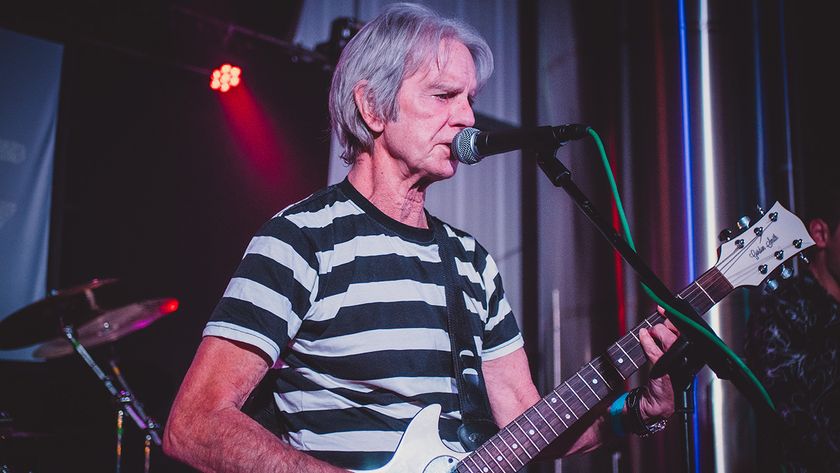
“I get asked, ‘What’s it like being a one-hit wonder?’ I say, ‘It’s better than being a no-hit wonder!’” The Vapors’ hit Turning Japanese was born at 4AM, but came to life when two guitarists were stuck into the same booth
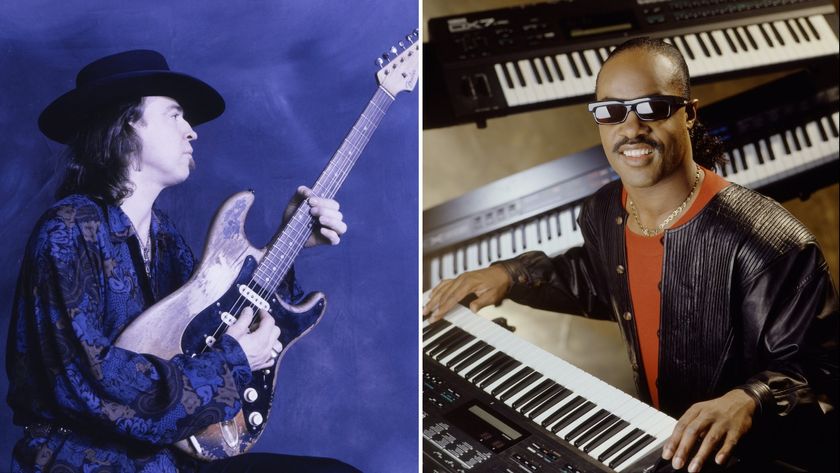
“Let's play... you start it off now, Stevie”: That time Stevie Wonder jammed with Stevie Ray Vaughan... and played SRV's number one Strat

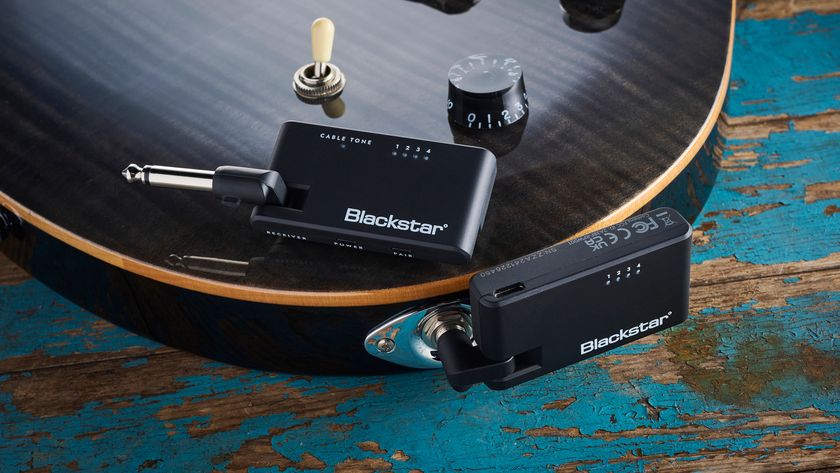
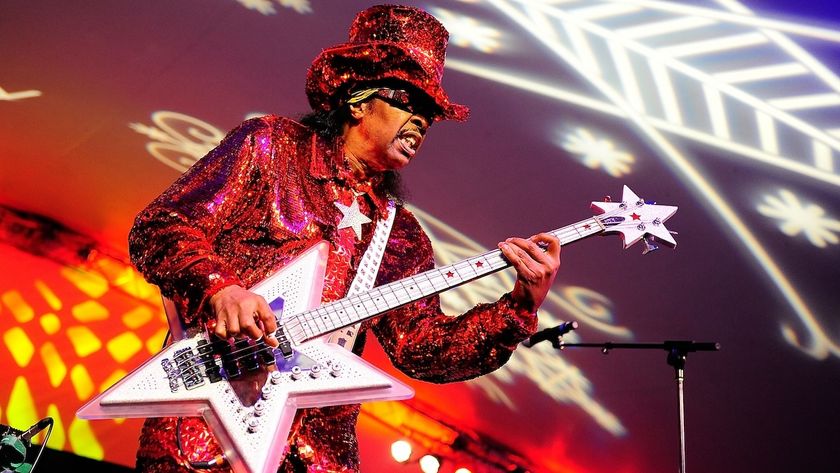
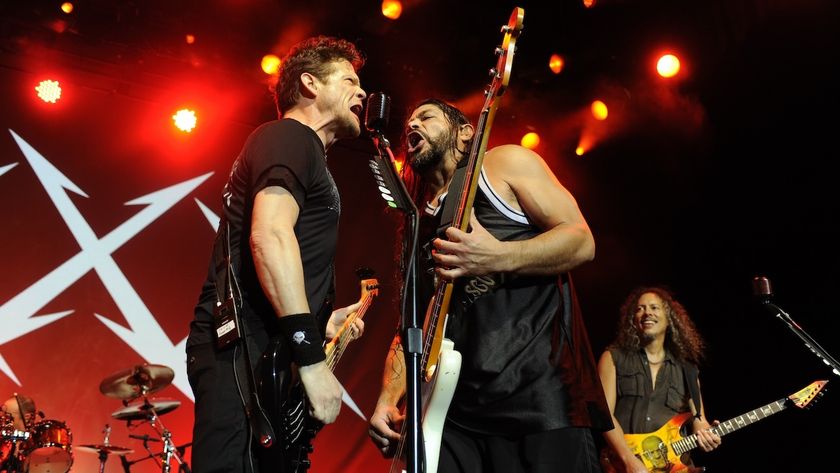

![[L-R] George Harrison, Aashish Khan and John Barham collaborate in the studio](https://cdn.mos.cms.futurecdn.net/VANJajEM56nLiJATg4P5Po-840-80.jpg)



